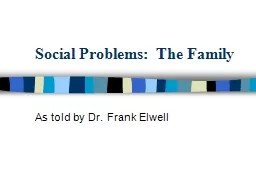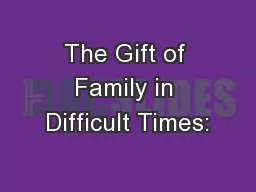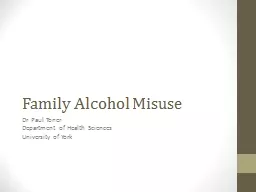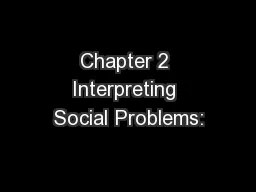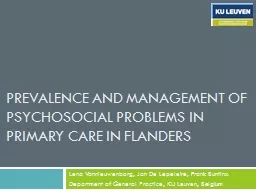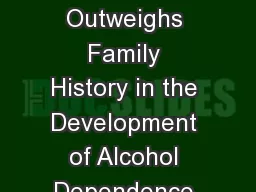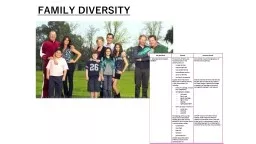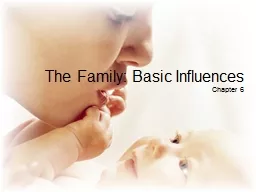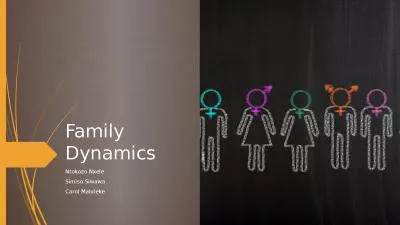PPT-Social Problems: The Family
Author : danika-pritchard | Published Date : 2017-10-14
As told by Dr Frank Elwell The Family In America potential marriage partners are free to choose their spouses Naturally there are some constraints Some people will
Presentation Embed Code
Download Presentation
Download Presentation The PPT/PDF document "Social Problems: The Family" is the property of its rightful owner. Permission is granted to download and print the materials on this website for personal, non-commercial use only, and to display it on your personal computer provided you do not modify the materials and that you retain all copyright notices contained in the materials. By downloading content from our website, you accept the terms of this agreement.
Social Problems: The Family: Transcript
Download Rules Of Document
"Social Problems: The Family"The content belongs to its owner. You may download and print it for personal use, without modification, and keep all copyright notices. By downloading, you agree to these terms.
Related Documents

